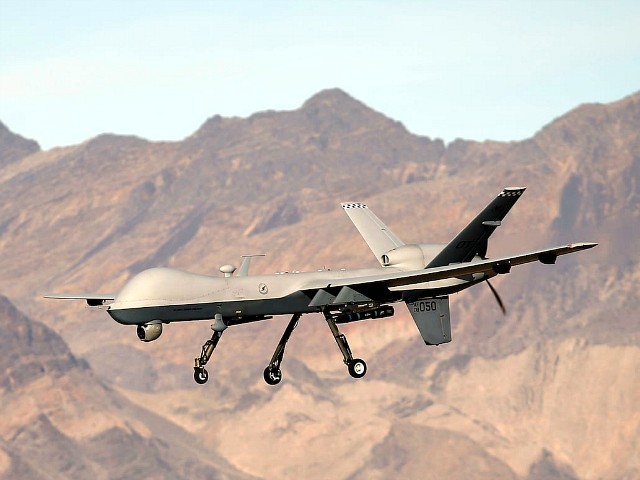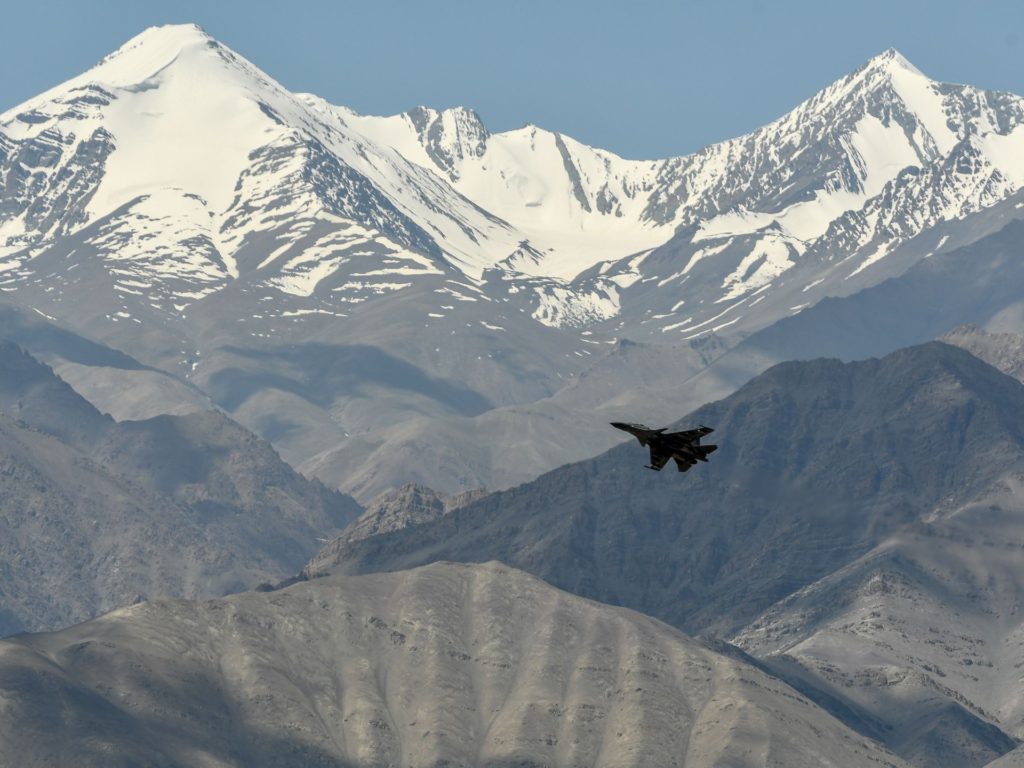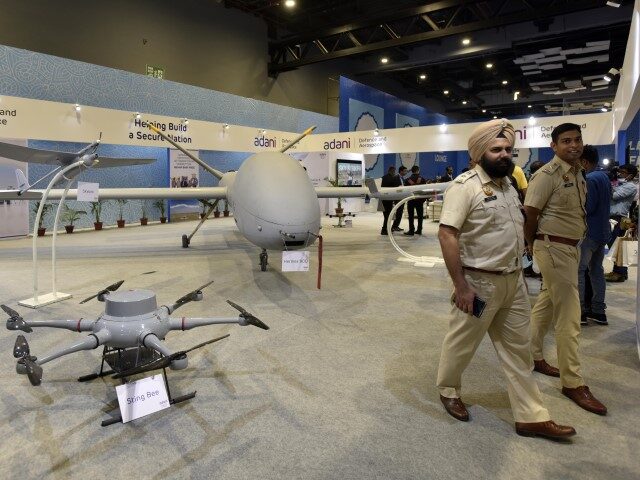A group of Indian defense officials and industry representatives told Reuters on Tuesday that India quietly banned military drone manufacturers from using Chinese parts several months ago, due to concerns about security vulnerabilities that could compromise the equipment.
India is spending a great deal of money to modernize its military, and the government has decided Chinese parts cannot be trusted because they could include deliberate security vulnerabilities in systems such as “communication functions, cameras, radio transmission, and operating software.”
The decision was evidently made in February when Indian defense officials held a meeting with the growing domestic drone industry and told them components from “countries sharing land borders with India will not be acceptable for security reasons” because they might have “security loopholes.” Bids for government contracts are now required to include sourcing for all components employed in the drones.
The same message was sent to manufacturers at another meeting with military officials in March. In case anyone was wondering if the ban might be directed at some previously obscure electronics supply firm in Nepal or Bangladesh, an Indian defense official confirmed to Reuters that “countries sharing land borders with India” was a euphemism for “China.”
None of the half-dozen military and industry sources for the Reuters report were authorized to speak to the media and the Indian Defense Ministry did not respond to a request for comment.
The ban was reportedly imposed quietly because relations between India and China have grown very tense, but India still does a great deal of business with its authoritarian neighbor.
The United States imposed a similar ban on Chinese drones and components in 2019. Last week, China ostentatiously banned the export of drones and equipment that could be used for “non-peaceful purposes” because Beijing does not want to be accused of helping the Russian war effort in Ukraine. Given these developments, India’s prohibition on Chinese drone components could not come as much of a surprise, but the Indian government still prefers to avoid making a confrontational public announcement that could make China feel obliged to respond.
On the other hand, the restrictions desired by the Indian military might be very difficult to enforce in practice. One drone maker told Reuters that “70% of goods in the supply chain were made in China,” even those resold by other countries. Banning Chinese parts would almost certainly increase the cost of India’s drones and also impose considerable compliance costs on the industry as it vets every overseas provider to ensure their wares were not made in China.
India is attempting to boot up its domestic drone industry but it is still years away from producing some of the most sophisticated long-range attack drones, so it relies on purchases of equipment like the Heron Mark II from Israel and the MQ-9B Predator from the United States.

An MQ-9 Reaper remotely piloted aircraft (RPA) flies during a training mission at Creech Air Force Base on November 17, 2015, in Indian Springs, Nevada. (Isaac Brekken/Getty Images)
During his June visit to the United States, Indian Prime Minister Narendra Modi put the finishing touches on a $3 billion deal to purchase 31 MQ-9 drones that had been under negotiations since 2017. India has been a solid customer for Israeli drones since the early 1990s.
India’s rival Pakistan began importing Chinese military drones in 2018. The Pakistanis rushed to place an order for more Chinese Cai Hong 4 drones, and missiles they could be armed with, after India finalized its major MQ-9 purchase from the U.S. in June.
Indian media reported in December that Pakistani interest in drones surged after some unfortunate military helicopter crashes, so a growing number of Chinese-made Pakistani drones are appearing in the skies over restless Balochistan.
Pakistan does not have the budget to match India in either quantity or quality of unmanned aerial vehicles, but India has to worry about keeping up with China as well, especially along the bitterly contested Himalayan border and across the Indian Ocean. China is deploying both manned submarines and underwater drones to the Indian Ocean, and India is counting on its own aerial and undersea drones to keep tabs on them.

An Indian Air Force aircraft is seen against the backdrop of mountains surrounding Leh, the joint capital of the union territory of Ladakh, on June 27, 2020. India acknowledged for the first time on June 25 that it has matched China in massing troops at their contested Himalayan border region after a deadly clash this month. (TAUSEEF MUSTAFA/AFP via Getty Images)

COMMENTS
Please let us know if you're having issues with commenting.